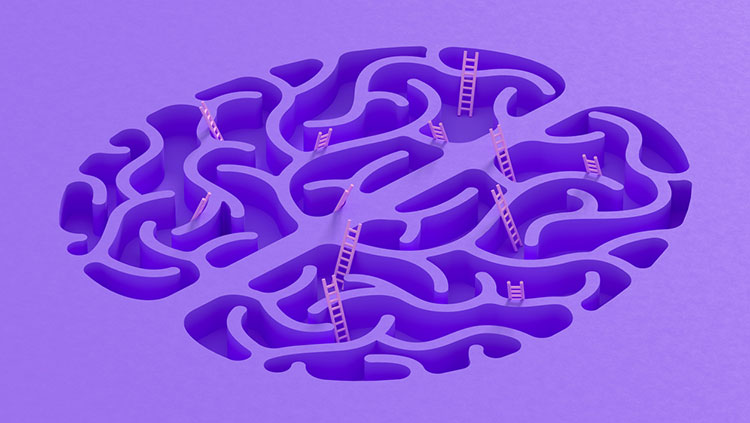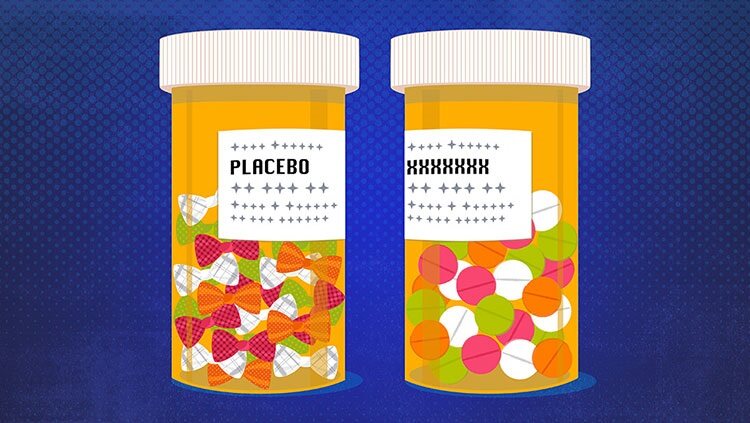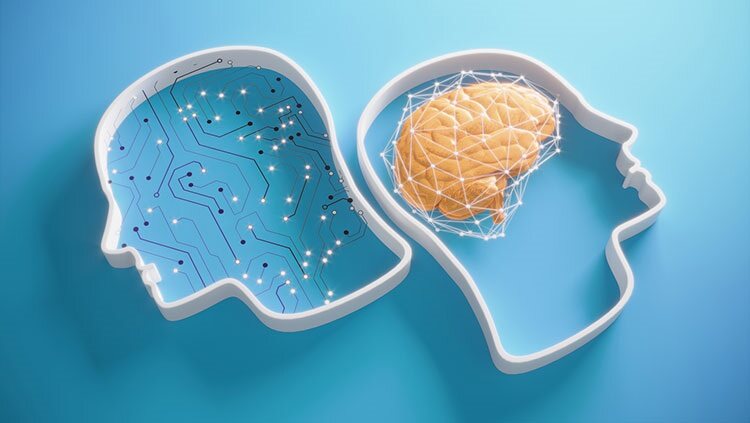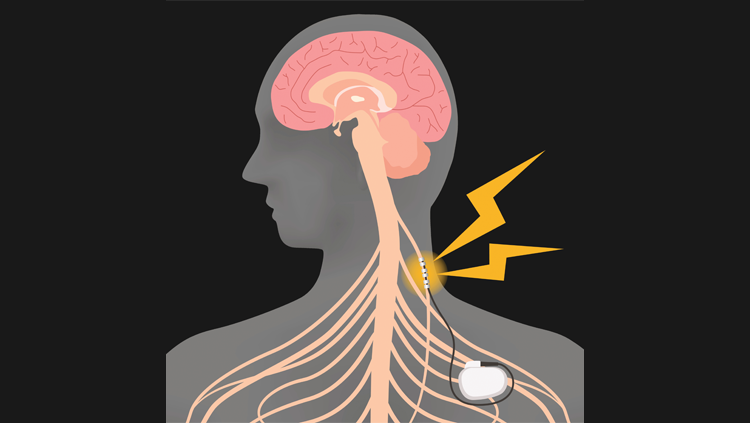Neuromodulation: The Development of a New Frontier
- Published13 Jan 2025
- Source BrainFacts/SfN
Neural signals are electrical. Using electrodes, we can modulate those signals by directing electrical impulses to inhibitory neurons and dampening activity in any given circuit, or by directing them to excitatory neurons to increase activity. This approach is the basis of a type of therapy called neuromodulation.
Although the science may be relatively new, the concept is not — electric eels were used to treat pain back in ancient Greece! Neuromodulation’s most common application today is still for pain management. In this case, it requires activating non-painful touch nerves to block pain signals, thanks to the gate control theory of pain. New applications are also in development today to treat disorders from Parkinson’s disease to epilepsy or depression, and even to aid rehabilitation after stroke.
This is a video from the 2024 Brain Awareness Video Contest.
Created by Masouda Khan.
CONTENT PROVIDED BY
BrainFacts/SfN
Transcript
Ancient civilizations may have used electricity for medicinal treatments without even knowing what electricity was.
Records reveal physicians like Hippocrates prescribed the use of electric eel for treatments of headaches and pain, marking the beginning of electrotherapy.
Now, like all other technologies, electrotherapy has developed drastically from its origins, and we now have a branch called neuromodulation, or brain stimulation.
So, what exactly is neuromodulation?
Neuromodulation is a therapy that sends electricity through electrodes to a patient’s neurons. The electrical stimulation then activates or inhibits neuronal signals, also known as action potentials.
Neuromodulation works differently depending on the location of the electrodes and the amount of electricity, so it can be used to treat a variety of conditions. We'll get into those later. For now, let's understand how neuromodulation works for pain relief, its most common use.
Think back to the last time you stubbed your toe. You probably ended up rubbing it, and maybe you found it hurting less. This is an example of the gate control theory of pain.
The theory explains that in the dorsal horn of the spinal cord lies the connection between first-order pain receptors, known as nociceptors, and the neurons that carry the pain signal to the brain. There are two types of nociceptors: A-delta and C. These first-order fibers then meet with second-order neurons, but at the synapse between the neurons is a proposed nerve gate, which determines whether the pain signal is passed on to the second neuron.
Now, if there are also non-painful signals occurring, like rubbing your toe or putting a cold pack on it, a different nerve fiber called A-beta activates inhibitory interneurons, which are at the synapse between nociceptors and second-order neurons. This then closes the gate and blocks pain signals from transmitting.
So, how does this tie into neuromodulation? Well, a type of treatment known as transcutaneous electrical nerve stimulation, or TENS, sends impulses to activate A-beta fibers and close the pain gate.
TENS was first made available in 1974 for patients with chronic pain. Now, there is a wide plethora of different neuromodulation devices, like deep brain stimulation, vagus nerve stimulation, transcranial magnetic stimulation, spinal cord stimulation, and many others.
As a result, there are many more diseases and disabilities that can be treated. Beyond pain, neuromodulation can treat movement disorders. DBS (deep brain stimulation) is used to treat Parkinson's disease, essential tremor, and spasticity.
DBS, VNS (vagus nerve stimulation), and RNS (responsive neurostimulation) have also been used to reduce seizures in patients with drug-resistant epilepsy. TMS (transcranial magnetic stimulation) may be used as a treatment for patients with refractory depression or addiction.
Neuromodulation can also be used for functional restoration, like helping patients in rehabilitation from stroke regain mobility, or in a cochlear implant to help patients with extreme hearing loss, and potentially restoring vision in the blind.
However, the advancement of new neurotechnologies also leads to a field called neuroethics, which means it is important to understand the potential aftermath of the rapid development of new neurotech.
An instance of this is the development of tDCS, or transcranial direct current stimulation, which is a non-invasive stimulation technique some people have begun using without medical prescription in a DIY manner to enhance cognitive ability.
The issue with this is that the long-term effects are not yet fully understood, and the DIY element may lead to risks. Plus, the possibility of neuroenhancement raises questions regarding societal impacts.
That's why it's critical for everyone to be informed regarding neuromodulation — from scientists to engineers, physicians, patients, lawmakers, and the public.
Nevertheless, the future of neuromodulation holds lots of promise, like better optimization of stimulation parameters, closed-loop stimulation, non-invasive and accessible treatment options. And for patients suffering from various ailments, the future of neuromodulation can be a source of hope.


















